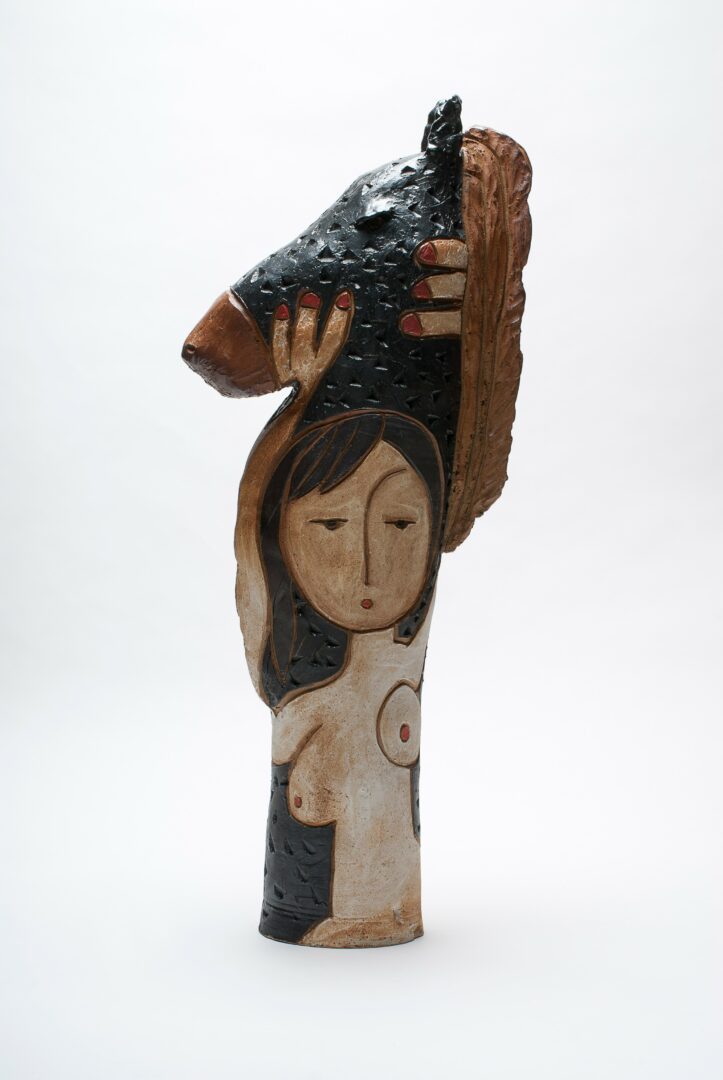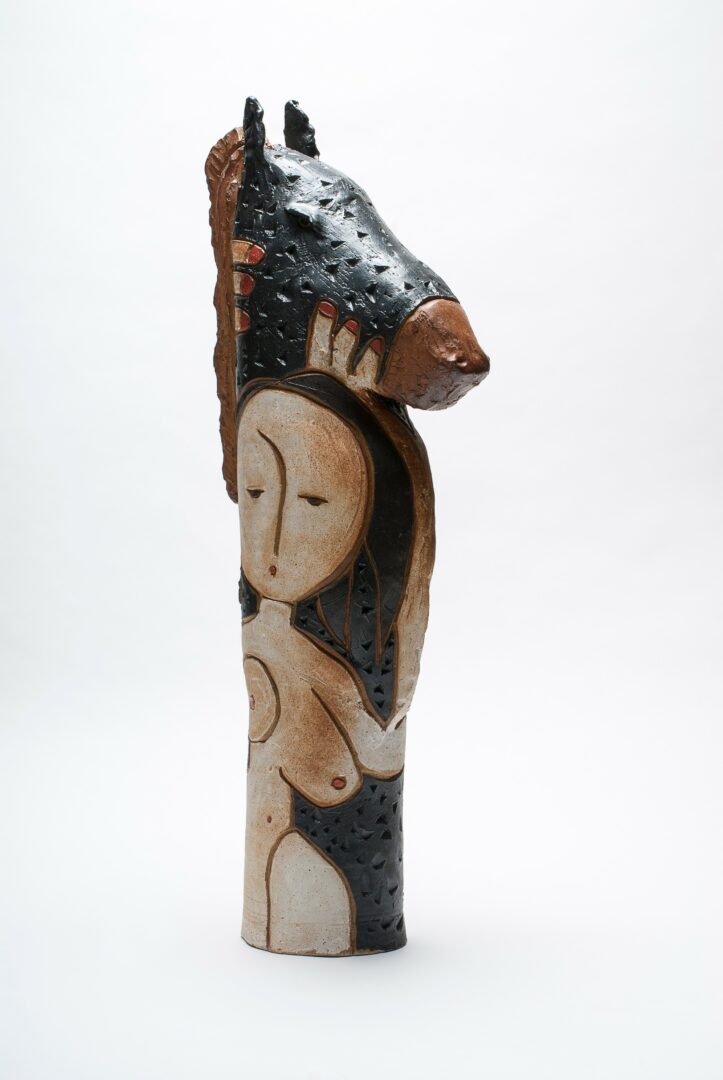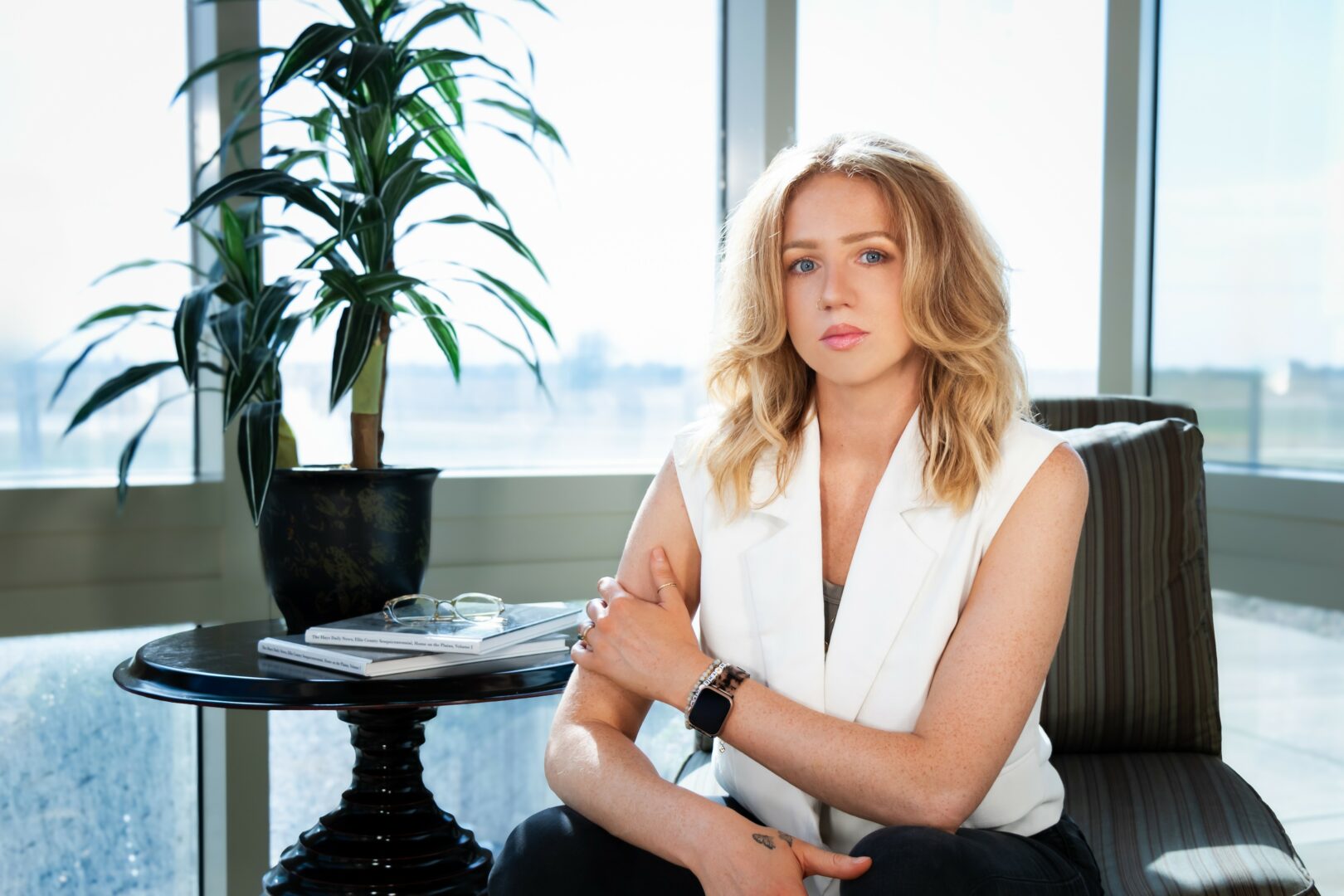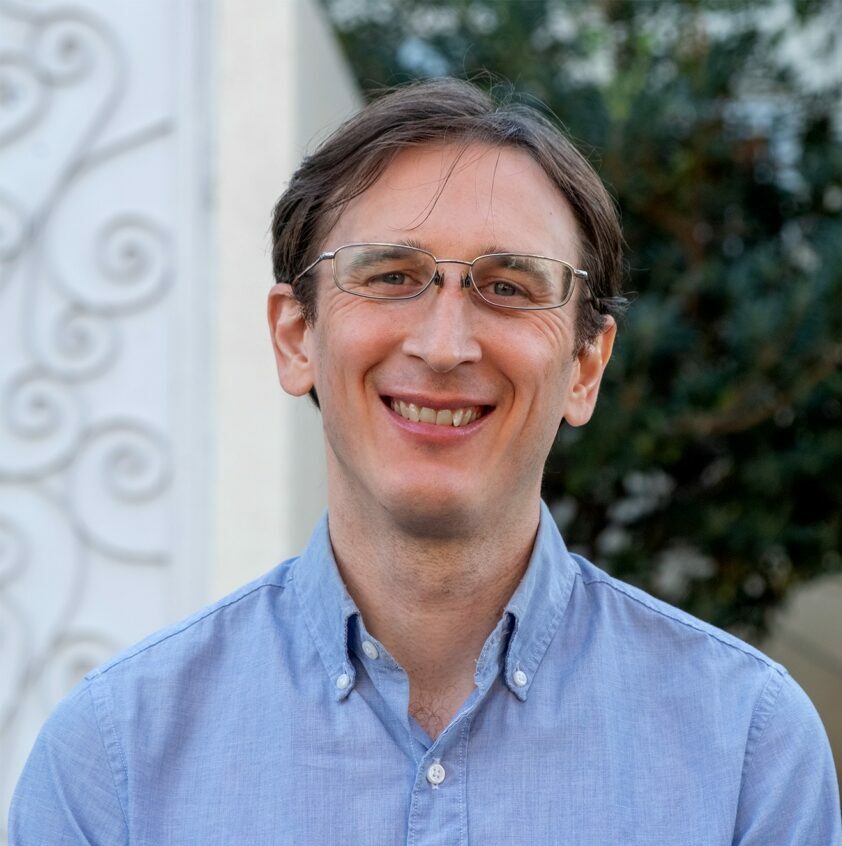We were lucky to catch up with Bryan Yancey recently and have shared our conversation below.
Hi Bryan, appreciate you sitting with us today to share your wisdom with our readers. So, let’s start with resilience – where do you get your resilience from?
Resilience, out of necessity.has been a big part of my life and who I am as a person and an artist. Having been born with no thumbs, missing my radius bone in my left arm which was inverted at birth and having only three fully functional fingers, taught me adaptability and resilience at an early age.. I went through several hand surgeries before the age of seven so that my hands would be able to function at a higher level. During this time my father had me main streamed through the public educational system. During those days it wasn’t done for children like myself. As I progressed through school the teachers had a say in what types of classes I could take. For instance I wasn’t allowed in a typing class or art classes but was allowed in wood shop and metal shop classes. You have to remember this was during the sixtes. Later when I went to college I started off as a photography major and finally found ceramics. I ended up completing a dual major in ceramics and photography. I then went on to acquire my MFA at Claremont Graduate University while studying with renown ceramist Paul Soldner. This is where my work took a dramatic change into figurative abstract expression. During graduate school I learned how to build kilns, we built everything from catenary arch, sprung arch,, castable and fiber kilns. This turned out to be invaluable to my future as a ceramic artist and professor. We were required in the Ceramic MFA Program to have a one person exhibition every semester. It’s pretty easy to say that my experiences at CGU changed everything for me as an artist and provided a lifelong.career.

Thanks for sharing that. So, before we get any further into our conversation, can you tell our readers a bit about yourself and what you’re working on?
After Graduate School I moved to Ojai CA. where I produced my own work and did some restoration work for Beatrice Wood who was ninety-three at the time and the last remaining member of the Dada movement. It was there where I learned the value of having a studio/gallery/living environment. During this time my work had been exhibited in the Scripps Invitational (the oldest annual ceramic exhibit in the world). and other galleries/exhibitions.. It was also during this time my work was becoming published. I also started teaching part-time at a small private college. This eventually led to a tenure track position at Midland University in Nebraska where I taught for ten years and had risen in rank to a Full Professor and had become a Division Head. From there I acquired.a position at New Mexico State University-Alamogordo as a Division Head/Ceramic Professor. During my academic career I exhibited my work, was well published and asked to jury both regional and local exhibitions. I retired in 2021 and began making art full-time. In 2023 I moved to Santa Fe and continued to work on my art. In August I moved to Canyon Rd. down sizing from 2000 square feet to 950 square feet to set up a new studio/gallery. I am making the work in my studio on Canyon Rd. and will be exhibiting it in my gallery. Currently I’m concentrating on building inventory./kilns and an additional outdoor exhibition space. My ceramic work varies from figurative sculpture, altered wheel thrown forms to large abstract slab forms generally figurative in nature.I encourage people to come to the End of the Alley Studio and Gallery 620 Canyon Rd. to see what’s being built. I will have a formal opening after the first of the year when all aspects of this project have been completed.

There is so much advice out there about all the different skills and qualities folks need to develop in order to succeed in today’s highly competitive environment and often it can feel overwhelming. So, if we had to break it down to just the three that matter most, which three skills or qualities would you focus on?
Work ethic is the number one attribute needed to be successful in the arts. In ceramics a loss can be as good as a win. If you try something new and it doesn’t work you still have learned something. This is an art form where no one has all the answers, To move forward you need to try even if it fails.
Don’t give up! I can’t tell you how many times I’ve had to rethink how I’m going to solve a needed skill set because of how my hands work. The key is to keep trying until you work it out. Some times you may not reach the desired result, so I change direction.
Don’t let anyone define who you are and what you’re capable of. If I had listened to outside individuals I wouldn’t be a ceramic artist today. You have to decide who you are and who you’re going to be.

Okay, so before we go, is there anyone you’d like to shoutout for the role they’ve played in helping you develop the essential skills or overcome challenges along the way?
I actually have three people that have been fundamental in my development as a human being and as an artist.
First was my father who instilled an excellent work ethic in me. He spent a great deal of time working with me. He had a custom four fingered baseball glove made for me when I was five and then taught me how to play second base. I was required to have good grades in school. He made sure I was main streamed through the public school system.
Second Charlene Felos was my first ceramic instructor. She had some difficulty in having people who might be challenged in her previous classes. After a serious discussion of what was required in a wheel throwing class she finally gave in to allowing me to try. After recognizing my work ethic and determination she became my first mentor and was largely responsible for me studying with Paul Soldner.
Third I had the privilege of working with Paul Soldner who I went to study with for my MFA at Claremont. He never said you can’t or it won’t work instead he’d say try it. I can’t say enough of how much I learned from this man. The change in my work came from him telling me I should look at building bigger. Paul taught me kiln building, encouraged different ceramic building techniques, taught how to build brushes, basically covered how to set up a ceramic studio.. He had his own ceramic equipment company which built pottery wheels and clay mixers. He was always looking to improve what he was building and as a student you were part of the conversation. I was fortunate to have him as a mentor until he passed.


Image Credits
Patricia Marin is the photographer for the two pictures of me.
James Carillo is the photographer for the two chess pieces.
I took the vessel with background.
so if you or someone you know deserves recognition please let us know here.




